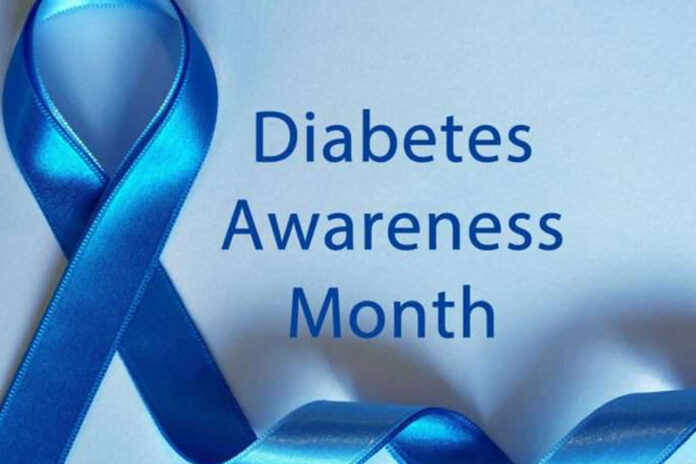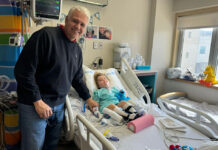
November marks Diabetes Awareness Month, a time for communities worldwide to come together, share stories, and spotlight the growing prevalence of diabetes. With events ranging from walks and fundraisers to groundbreaking scientific advancements, this year’s observances highlight the strides being made toward managing and potentially curing this condition.
Raising Awareness Across the Globe
United States
The American Diabetes Association (ADA) leads the charge with its “We Fight for You” campaign. This initiative shares inspiring personal stories and hosts fundraising events like the Step Out Walk and Tour de Cure, encouraging Americans to unite for a diabetes-free future.
Canada
In Canada, Diabetes Canada has been hosting educational webinars and community-driven events, helping people learn how to manage diabetes effectively while supporting innovative research initiatives.
Spain
On Spain’s sunlit Muchavista Beach in Alicante, participants gathered for the 11th Annual 5K Walk/Run hosted by the Unión de Diabéticos de Alicante. The event promoted healthy living and included free glucose testing and educational resources for attendees.
Australia
In Queensland, the town of Toowoomba was abuzz with local events that featured personal stories of resilience from those living with type 1 diabetes. These heartfelt accounts inspired greater community empathy and awareness.
Singapore
Known for its cutting-edge healthcare solutions, Singapore is leveraging digital technology to combat its high diabetes prevalence. Innovations in digital management tools are empowering individuals to take control of their health.
Breakthroughs in Diabetes Research and Treatment
This year has brought hope to millions through remarkable advancements:
Tirzepatide (Zepbound): Developed by Eli Lilly, this weight-loss medication is a game-changer. Studies reveal that it reduces the risk of progressing from prediabetes to type 2 diabetes by an impressive 94% while supporting weight loss and better glucose control.
Stem Cell Therapy: In a groundbreaking development, scientists successfully used stem cell transplants to restore insulin production in individuals with type 1 diabetes. In one notable case, a 25-year-old woman remained free of insulin therapy for over a year after the procedure.
Artificial Pancreas Systems: Automated insulin delivery technology continues to evolve, mimicking the body’s natural insulin response to ensure better glycemic control and improved quality of life for users.
Why This Matters
With more than 537 million adults living with diabetes globally, the urgency to find effective treatments and preventive measures is greater than ever. Awareness campaigns and research breakthroughs are not just about numbers—they’re about giving hope, improving lives, and one day eradicating the disease.
Let’s continue to fight diabetes, inspire change, and acknowledge the incredible advancements we’re making together. Whether through education, advocacy, or innovation, every effort counts in shaping a healthier future for all.











